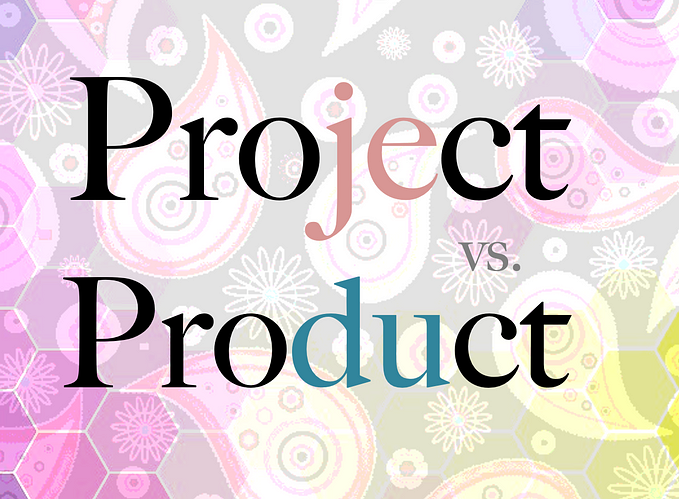The Outcome Driven Alignment Model (ODAM)

Goals are what’s in it for your business. OKRs are what’s in it for those you serve. Together, they are a powerful set of leading and lagging indicators to help you pivot, adapt, respond, and execute the right priorities as you go in order to have the best chance at achieving your targets.
When I spoke at the Forrester Research conference with Mural, I was asked time and again, “But how do you do that at IBM? How do you get the buy-in for change in order to realize these gains?”
Here’s how.
Clarity with alignment. Who doesn’t want that, right?! So you frame the outcome instead of the output, you challenge assumptions on the as-is process and practices, and you include those doing the work with those leading the work with those requesting the work into a session not merely to brainstorm ideas, but to prioritize the creation and delivery of value.
I created the ODAM — the Outcome-Driven Alignment Model — to help facilitate within and across teams and organizations so that we all have a shared stake in the results. It leverages the known power of Goals with KPIs for the lagging indicators and Objectives with Key Results for the leading indicators. Combined, the ODAM model helps those doing and leading the work to prioritize and pivot based on real-time data from learnings and compare and contrast the early performance with the long-term results by measuring the outcomes. And then ‘rinse and repeat’ to learn again — better and probably a bit faster and sooner. Again and again.
One of the initiatives at IBM I am most proud of was being the leader in facilitating the cross-functional inclusion of brand partners, product owners, marketing team members, and sellers to work cohesively with clarity of focus and alignment of effort for our Digital Enablers (ways we created digital experiences online about our products). These are tools created to make the prospect and customer journey more seamless, intuitive, and valuable in the discovery process for many of IBM’s digital-first products.
The results were both impressive and logarithmic over time. And it had everything to do with the way we shifted from working on product features and benefits to the value proposition clarity for those IBM serves today and want sto serve as future clients.

During the Forrester Research conference, I heard from large to enterprise-class executive business leaders who have Goals and maybe even OKRs, but they’ve not figured out how to get the clarity with alignment we’ve had with my ODAM model. This excites me as I create new content and ways to expand the use of the base model with Mural by creating and giving away a Mural template for all users of their amazing platform, but also the future rollout of additional training, coaching, and enablement content available for organizations to leverage the power of the model.
Stay tuned. :) I’m working on getting the ODAM model as one of the free templates to use in Mural.







